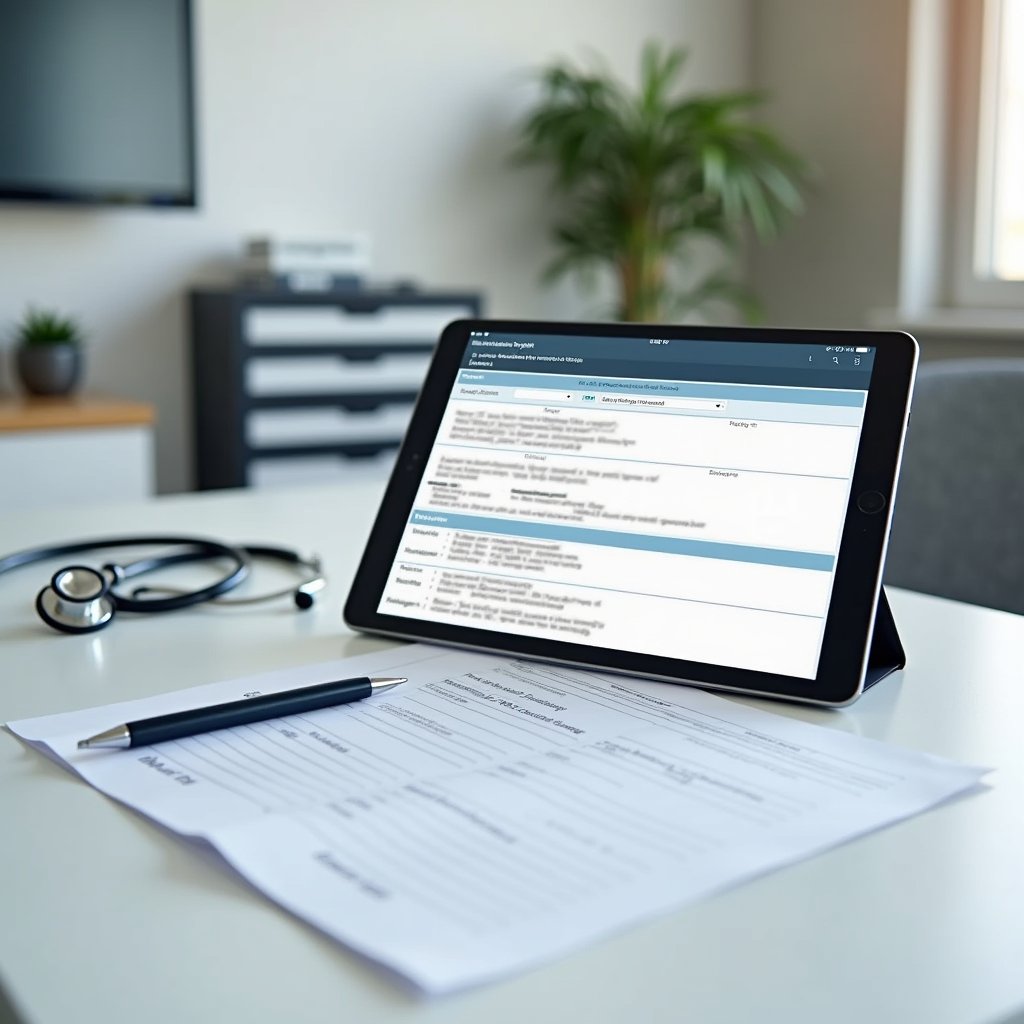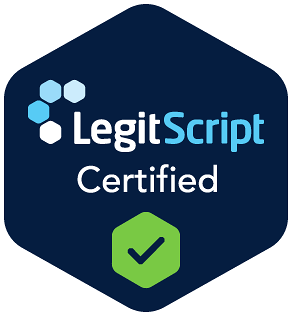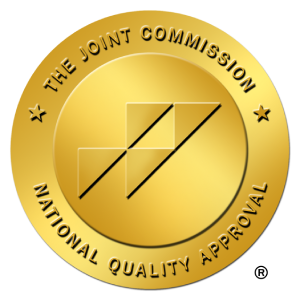Substance abuse assessment helps you evaluate drug and alcohol use through evidence-based screening tools and professional protocols. You’ll encounter validated instruments like AUDIT, CAGE, and ASSIST that measure usage patterns and severity levels. Healthcare providers conduct these confidential evaluations in structured settings, typically taking 90-120 minutes to gather detailed information about physical, psychological, and social factors. When you understand the key components of assessment, you’ll be better equipped to navigate the path leading to effective treatment and recovery.
Understanding the Basics of Substance Abuse Screening

While substance abuse screening may seem complex, understanding its fundamental components is critical for effective assessment and intervention. You’ll encounter several validated tools, each designed for specific purposes: ASSIST evaluates multiple substances, SBIRT combines screening with interventions, and TAPS uses a two-step approach for extensive assessment.
Healthcare providers can classify individuals into low, moderate, or high risk categories based on their screening responses. These tools require specialized professional competencies to administer effectively, though some offer self-assessment considerations. They’re designed to identify different substance use patterns, from alcohol and opioids to emerging synthetic drugs. Through standardized questions and non-judgmental approaches, these screenings help detect potential issues early, preventing escalation to more severe conditions.
Whether you’re a healthcare provider or someone seeking help, understanding these screening basics enables better identification of substance use concerns and appropriate intervention strategies.
Key Components of Professional Assessments
Professional substance abuse assessments incorporate validated screening tools like CAGE and AUDIT to evaluate substance use patterns and severity levels with scientific precision. You’ll work with clinicians who use all-encompassing rating systems to measure multiple dimensions of substance use, including frequency, intensity, and impact on daily functioning. The evaluation must take place in a private and confidential setting to ensure patients feel secure sharing sensitive information. Your individualized treatment plan will emerge from this thorough evaluation process, addressing your specific needs while incorporating evidence-based interventions and appropriate levels of care.
Core Assessment Tools Used
Assessment tools serve as the foundation for thorough substance abuse evaluations, helping clinicians gather critical information in a standardized way. When you undergo screening, you’ll likely encounter evidence-based assessment methods designed to identify potential substance use patterns and risk levels.
Universal screening tools like TAPS evaluate multiple substances across generations, while S2BI and BSTAD specifically assess adolescent use of tobacco, alcohol, and other drugs. The NIAAA’s practitioner guide provides trauma-informed screening procedures focused on youth alcohol use patterns. Digital assessment formats enable convenient data capture and increased consistency in evaluating substance use disorders.
Together, these standardized instruments help create a detailed picture of substance use, allowing clinicians to determine appropriate intervention strategies. Each tool serves a distinct purpose in the assessment process, measuring different aspects of substance use with validated questions and scoring systems.
Severity Rating Best Practices
Effective severity ratings in substance abuse evaluations rely on standardized frameworks and evidence-based protocols to safeguard accurate assessment outcomes. Risk stratification protocols categorize individuals based on biological, psychological, and social factors, while inter-rater reliability standards verify consistent scoring across different evaluators.
| Assessment Component | Key Considerations |
|---|---|
| Time Requirements | 90-120 minutes for all-encompassing evaluation |
| Validated Tools | AUDIT, DAST-10, and other SAMHSA-approved scales |
| Risk Categories | High: severe dependence, overdose history |
| Moderate: occasional misuse with mild impacts | |
| Low: experimental use without consequences |
Multi-dimensional evaluations examine physiological dependence, mental health comorbidities, social functioning, and environmental triggers. Regular calibration training and electronic scoring systems help maintain assessment quality while accommodating diverse populations and cultural sensitivities.
Comprehensive Treatment Plan Development
While developing an extensive treatment plan for substance abuse, clinicians must integrate multiple assessment components to create a personalized recovery pathway. Through holistic evaluation approaches, you’ll undergo thorough screenings that examine your substance use patterns, physical health, mental well-being, and social circumstances. Evidence-based therapies like Cognitive Behavioral Therapy help identify and modify harmful thought patterns that drive addictive behaviors.
Cross-disciplinary collaboration guarantees you receive coordinated care across medical detoxification, psychological counseling, and social support services. Your treatment team will establish clear goals for maintaining sobriety, managing co-occurring disorders, and improving your quality of life. They’ll also engage your family members and connect you with peer support networks to strengthen your recovery foundation.
Your progress will be continuously monitored, allowing for plan adjustments when needed. This dynamic approach ensures you receive the most effective interventions while developing essential coping mechanisms for long-term success.
Popular Assessment Tools and Their Functions
You’ll find a wide range of validated screening instruments available to assess substance use, from brief tools like CAGE and AUDIT to detailed evaluations such as the Addiction Severity Index (ASI). These evidence-based assessment tools help clinicians gather critical information about your substance use patterns, severity levels, and associated life impacts across multiple domains.
Through systematic application of these screening instruments, you and your healthcare provider can develop targeted treatment plans that address your specific needs and circumstances.
Key Screening Instruments Today
Modern substance abuse screening instruments combine traditional assessment methods with emerging technologies to provide thorough evaluations. You’ll find evidence-based screening tools like AUDIT and CAGE-AID at the forefront of alcohol assessment, while AI-augmented screening tools analyze electronic health records to detect patterns and recommend specialist referrals. The AUDIT’s ten standardized questions provide a comprehensive framework for assessing alcohol use disorders and guiding interventions.
For drug use evaluation, the DAST offers reliable substance abuse screening across populations, while specialized tools like CRAFFT focus on adolescent risk assessment. Technology has revolutionized these processes through real-time EHR analysis and automated alerts that streamline provider responses. SBIRT integration enables brief interventions in diverse healthcare settings, from emergency departments to primary care offices. These comprehensive frameworks guarantee you’re receiving standardized, validated assessments regardless of the substance use concern. The most effective interventions incorporate brief counseling sessions lasting 5-15 minutes that provide personalized feedback and help develop risk reduction strategies.
Treatment Planning Through Tools
Building on these screening instruments, effective treatment planning requires specialized assessment tools that guide clinical decision-making and care coordination. You’ll find tools like the Adult Substance Use Survey (ASUS) particularly helpful in evaluating substance use patterns and their impact on your life. Licensed clinicians rely on standardized questionnaires to measure the severity of substance abuse symptoms.
Treatment planning integrates family involvement through assessments of household dynamics and genetic factors, while establishing treatment goals based on your specific needs. The ASAM criteria’s six dimensions help evaluate your progress across key areas, including withdrawal risk, medical conditions, and environmental factors.
You’ll work with clinicians who use standardized metrics to track your progress and adjust your care plan accordingly. This thorough approach guarantees that your treatment plan remains responsive to your changing needs while addressing co-occurring issues and recovery readiness.
The Step-by-Step Screening Process

While seeking help for substance use concerns can feel overwhelming, understanding the screening process helps create a clear path forward. You’ll typically start with brief pre-screening tools like AUDIT-C or NIDA’s Single Question to determine if further assessment is needed. These initial screenings focus on intervention duration and behavioral change metrics. Trained professionals are best qualified to conduct detailed evaluations to ensure accurate results.
| Stage | Tools Used | Next Steps |
|---|---|---|
| Pre-Screen | AUDIT-C, DAST-1 | Determine need for full assessment |
| Full Screen | AUDIT, DAST-10 | Evaluate severity |
| Clinical Interview | DSM-5 Criteria | Assess co-occurring conditions |
| Risk Assessment | Scoring Guidelines | Determine risk level |
| Treatment Planning | SBIRT Protocol | Match to appropriate care |
Based on your responses, your provider will guide you through increasingly detailed evaluations, finally creating a personalized treatment plan that addresses your specific needs and circumstances.
Creating Effective Treatment Plans
Creating an effective treatment plan involves five essential components that work together to support your recovery expedition. These include clear problem identification, measurable goals, customized interventions, detailed patient information, and consistent progress tracking. Setting SMART treatment goals ensures your objectives remain focused and attainable throughout recovery.
Your treatment team will develop person centered strategies that address your unique needs, considering factors like substance use severity, mental health status, and social circumstances. A treatment plan roadmap helps guide both you and your clinicians through each stage of recovery. Through multidisciplinary collaboration, they’ll integrate medical interventions, behavioral therapies, and support services to create an all-encompassing approach.
You’ll work with professionals to establish realistic milestones and receive regular assessments to guarantee your plan remains effective. As you progress, your treatment team will adjust strategies based on your feedback and response to interventions, confirming the plan evolves with your changing needs.
Interpreting Assessment Results

Interpreting assessment results transforms raw data into meaningful insights that shape your recovery expedition. When you complete standardized assessments, your clinician will analyze multiple data points from structured interviews and lab tests to family feedback and physical examinations to build a thorough picture of your needs. The evaluation typically takes 1 to 3 hours to gather comprehensive information.
Your treatment team focuses on validating clinical documentation through cross-referencing information sources, ensuring accuracy in diagnosis and care planning. They’ll evaluate the severity of substance use, identify co-occurring conditions, and assess your support system. Additional personality tests like NEO and Millon help uncover underlying behavioral patterns. By monitoring treatment outcomes through periodic reassessments, they can adjust your care plan as needed.
Cultural Considerations in Substance Abuse Evaluation
Cultural awareness fundamentally shapes the effectiveness of substance abuse evaluations. You’ll need to understand how a client’s cultural identity influences their views on substance use, treatment seeking, and co-occurring mental health conditions. Historical trauma and power dynamics between cultures can substantially impact the therapeutic relationship and assessment process. Cultural treatment providers must recognize that one-third of the U.S. population belongs to ethnic or racial minority groups. Psychoactive substances have been used for medicinal and spiritual purposes throughout human history.
When conducting evaluations, you should assess cultural explanatory models, such as spiritual beliefs about addiction, while maintaining cultural humility rather than assuming expertise. Consider how family dynamics, community norms, and socioeconomic factors affect your client’s substance use patterns. It’s crucial to use culturally validated assessment tools and adapt your communication style to bridge linguistic barriers. Keep in mind that strong cultural connections can serve as protective factors, while cultural alienation may increase vulnerability to substance abuse. Taking a thorough cultural history helps identify key premorbid factors that can inform successful treatment planning.
Best Practices for Healthcare Providers
Healthcare providers conducting substance abuse assessments must follow established best practices to guarantee accurate, thorough evaluations. You’ll need to select evidence-based screening tools with proven reliability and validity, ensuring they’re appropriate for your patient population. Focus on implementing a patient-centered approach through comprehensive multidimensional assessments that evaluate medical history, mental health conditions, and social determinants of health.
Effective multidisciplinary coordination is vital document your findings systematically and share them with other healthcare professionals to develop integrated treatment plans. You should prioritize culturally sensitive evaluations and consider individual risk factors, including genetic predisposition and trauma history. Remember to use standardized interviews and questionnaires while maintaining high test-retest reliability. Regular updates to your assessment protocols will help ensure continued clinical relevance and ideal patient care.
Monitoring Progress and Treatment Adjustments
Effective monitoring of substance abuse treatment requires systematic tracking of multiple metrics through advanced technology and real-time feedback systems. You’ll find that personalized outcome measures help create customized recovery plans that adapt to your changing needs.
Technology-driven monitoring and personalized metrics empower addiction treatment programs to deliver adaptive, individualized care that evolves with each person’s recovery journey.
Modern tracking tools enable comprehensive monitoring of:
- Your mental health symptoms, including depression, anxiety, and trauma responses
- Substance use patterns and craving intensity throughout your recovery adventure
- Attendance and engagement in treatment activities and support groups
- Risk factors that might indicate potential relapse or need for intervention
With platforms like INSIGHT Addiction and iAx, your healthcare providers can make data-driven adjustments to your treatment plan. These tools provide real-time alerts for concerning changes and create visual progress summaries, ensuring you receive the most effective, evidence-based care for your unique situation.
Frequently Asked Questions
How Long Does a Full Substance Abuse Assessment Typically Take?
You can expect your substance abuse assessment to take between 60-120 minutes, depending on the complexity of your situation. Common assessment methods include structured interviews, screening questionnaires, and health reviews.
Typical assessment components might involve discussing your substance use history, family background, and mental health. If you’re required to complete drug testing or need physical evaluations, your assessment could extend up to 3 hours. Don’t worry your clinician will guide you through each step.
Can Family Members Participate in the Assessment Process?
Yes, you can and should include family members in the assessment process. Their involvement provides valuable insights into family dynamics and strengthens your social support network during treatment.
They’ll offer essential observations about behaviors, patterns, and environmental factors that you mightn’t recognize. While family participation isn’t mandatory, it often leads to better outcomes.
Recall that your family’s perspective supplements, but doesn’t replace, your own input during assessment.
What Happens if Someone Refuses to Complete the Assessment?
If you refuse an assessment, you’ll face several consequences of refusal, both immediate and long-term. In safety-sensitive jobs, you’ll be removed from duty and must complete a return-to-work process.
There are legal implications of refusal, including potential licensing issues and mandatory reporting to authorities. You’ll need to sign a refusal form acknowledging these risks.
However, treatment options remain available when you’re ready to reengage with the assessment process.
Are Substance Abuse Assessment Results Shared With Employers?
Your substance abuse assessment results have significant privacy protections. Generally, results aren’t shared with employers without your explicit written consent, due to strict confidentiality laws like HIPAA and SAMHSA Part 2.
However, if you work in DOT-regulated or safety-sensitive positions, your employer may receive certain test results without consent. When consent requirements are met, only essential information is shared, addressing specific workplace safety concerns while protecting your privacy rights.
How Much Does a Professional Substance Abuse Assessment Cost?
You’ll find that substance abuse assessment costs typically range from $250 to $800, though prices vary by provider and location. Many insurance plans offer assessment coverage, reducing your out-of-pocket expenses.
If you’re concerned about costs, ask providers about sliding scale fees or payment options. Some facilities offer payment plans or financial assistance programs.






